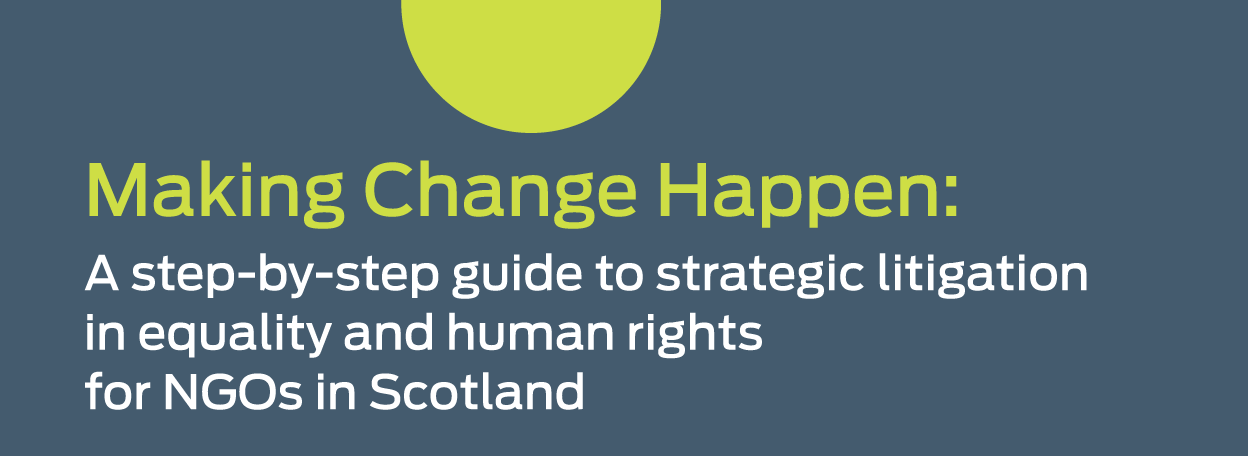Step eight: Communications
An essential element of any plan to achieve change through strategic litigation is communications.
Organisations need to communicate well at every stage of the process. It is important that the strategic issues that the case raises, as well as the outcome of the case, are communicated effectively.
This brings the change out of the courts and into reality.
Therefore, you may want to consider:
- Who are your potential key partners? What are the best ways to inform and discuss the strategic issue with partners? Communicating the purpose and importance of the litigation to potential partners very early on in the process can create collaboration.
- Sometimes there are legal or strategic consequences in the litigation to communicating publicly about cases whilst they are ongoing. Consult your solicitor/advocate before any communications around any ongoing case.
- The individual’s story can be important for creating media attention and public engagement with the issue. However individuals may not wish to be directly involved with media. Discuss with the individual from an early stage whether they are prepared and willing to handle publicity, with support. Be clear about the support that you can provide with this. Clarify if they wish to remain anonymous or are they willing to talk directly to media or to provide a statement. Make sure that you keep the individual involved in the case informed about media and communications throughout the case.
- Broad collaboration - Are there any organisations that may have a concern about the strategic issue from a different angle? For example, mental health organisations may also have a concern about strategic change on homelessness, carers' organisations may have a concern about issues affecting disabled people’s rights.
- Hone messages about the case to 2 or 3 sentences. Be clear about why you are taking the case and the strategic change that is needed.
- Which audiences need to hear about the case outcome in order to hasten strategic change? What are the best mediums to communicate your key messages to them?
- Engage others in communicating the case outcome through the media, including via social media.

